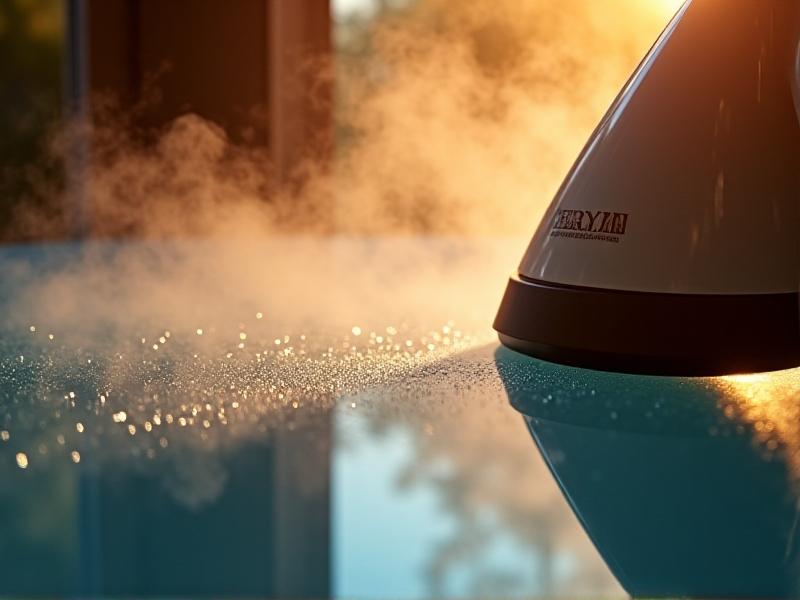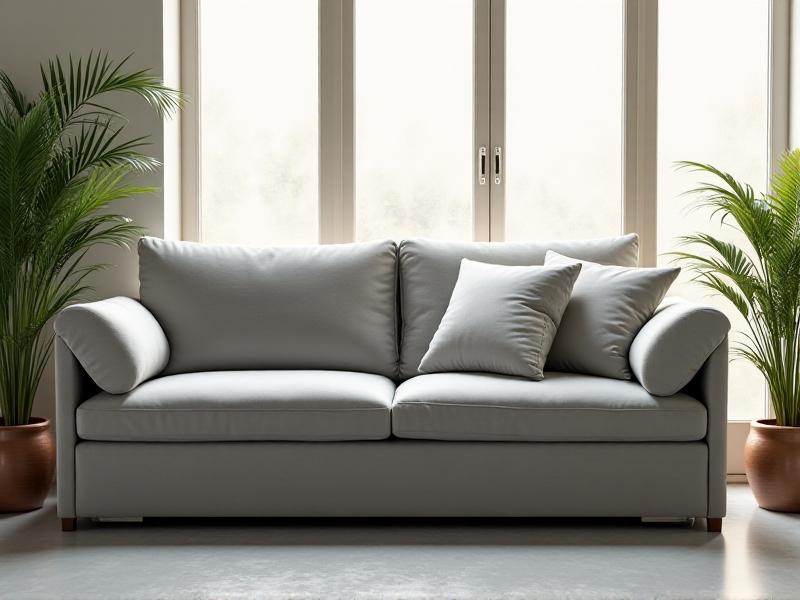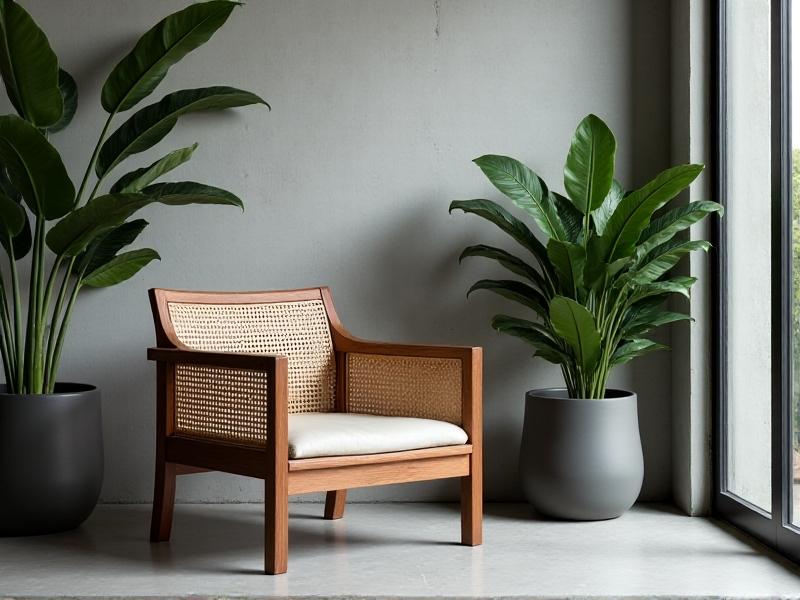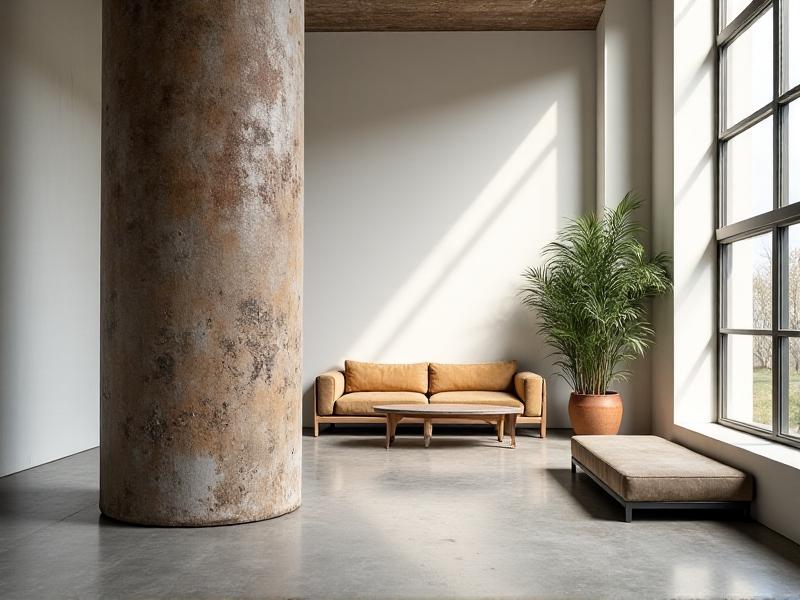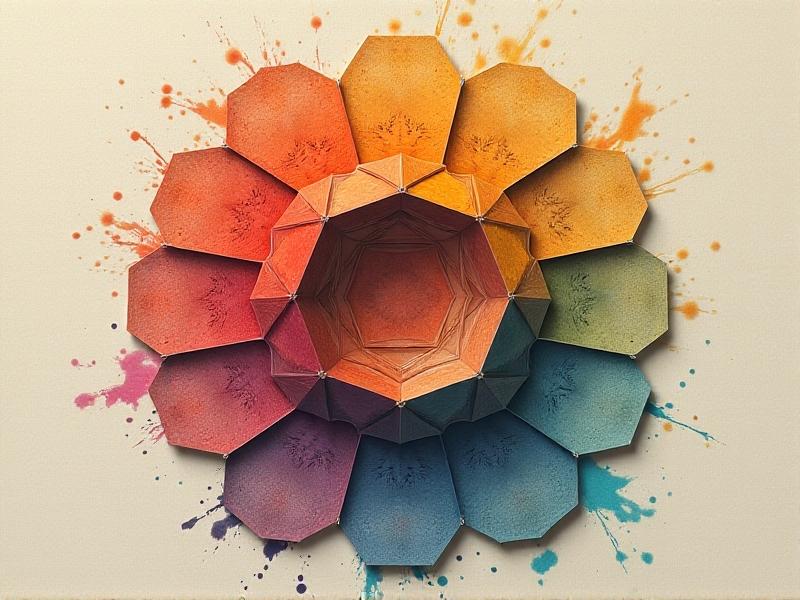Mold Mapping: Identifying and Eliminating Hidden Spores
Understanding Mold Mapping: A Proactive Approach to Healthier Spaces
Mold is more than an unsightly nuisance; it’s a silent intruder that thrives in damp, neglected corners of homes and buildings. Mold mapping emerges as a critical process for identifying and addressing hidden colonies before they compromise air quality or structural integrity. Unlike reactive measures, this method combines technology and systematic inspection to create a visual blueprint of mold presence, empowering homeowners and professionals to tackle infestations at their root. By prioritizing prevention and precision, mold mapping shifts the narrative from damage control to long-term health and safety.
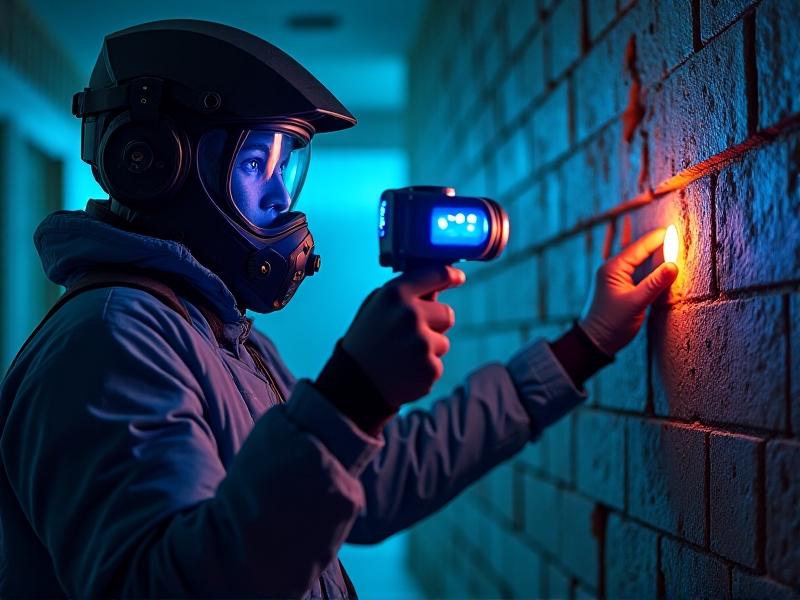
The Biology of Mold: How Spores Thrive in Hidden Spaces
Mold spores are nature’s opportunists, requiring only moisture, organic material, and darkness to colonize. These microscopic fungi release airborne spores that settle on surfaces like drywall, wood, or fabric, digesting materials through enzymatic breakdown. What makes mold particularly insidious is its ability to grow undetected—within wall cavities, under flooring, or behind appliances. Certain species, like Stachybotrys chartarum (black mold), produce mycotoxins linked to respiratory issues and neurological symptoms. Understanding mold’s life cycle and environmental preferences is key to disrupting its growth before it becomes a health hazard.
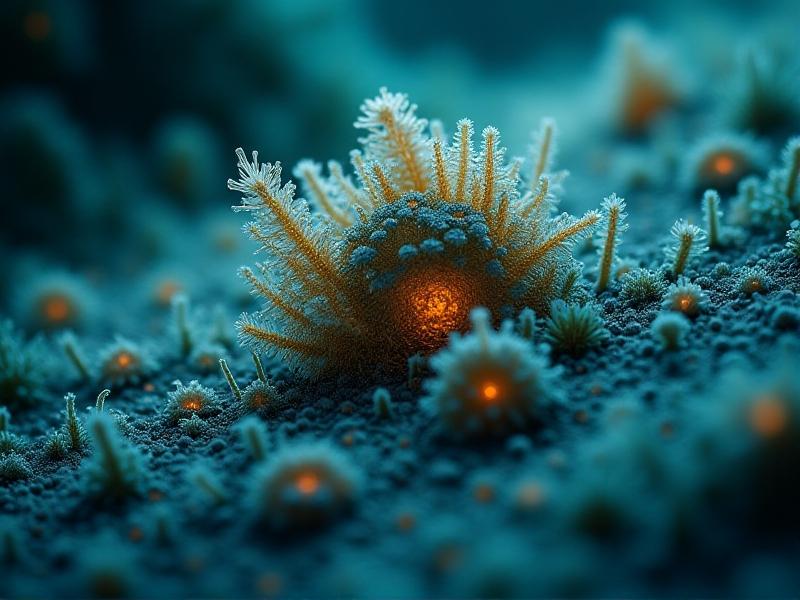
Advanced Tools for Detecting Invisible Mold Infestations
Modern mold detection goes beyond visual checks. Thermal imaging cameras identify temperature variations caused by moisture, while hygrometers measure humidity levels in real time. Boroscopes—flexible cameras—peer into walls or ductwork, and air sampling kits capture spore concentrations for lab analysis. DIY test kits offer preliminary insights, but professional-grade equipment provides granular data, such as infrared moisture meters that quantify dampness within materials. These tools transform vague suspicions into actionable insights, pinpointing problem areas without invasive demolition.
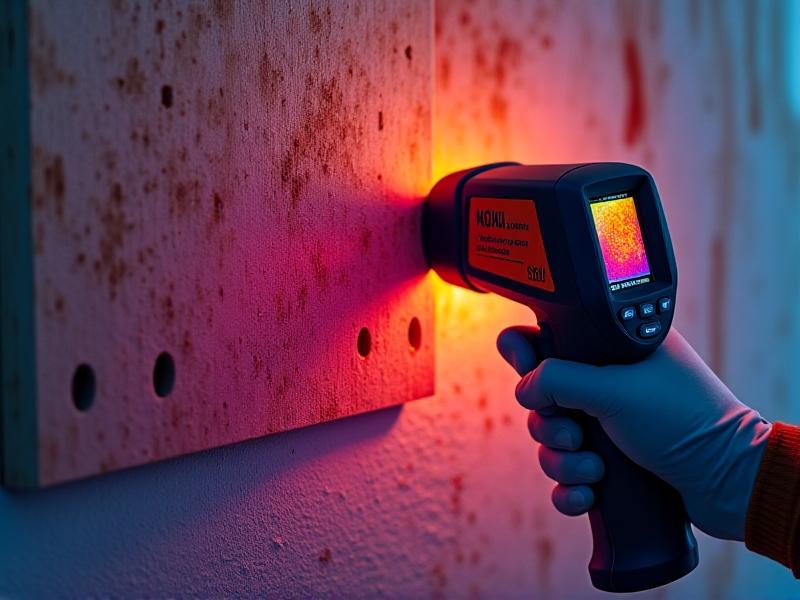
Strategic Mold Remediation: Beyond Surface Cleaning
Eradicating mold demands more than bleach sprays. Effective remediation involves containment barriers, HEPA vacuuming, and antimicrobial treatments to neutralize spores. Porous materials like drywall or insulation often require replacement, while non-porous surfaces can be cleaned with EPA-approved biocides. Crucially, addressing the moisture source—whether a leaky pipe or poor ventilation—is non-negotiable. Professionals follow protocols like IICRC S520 to ensure safety, using negative air machines and personal protective equipment (PPE) to prevent cross-contamination during removal.
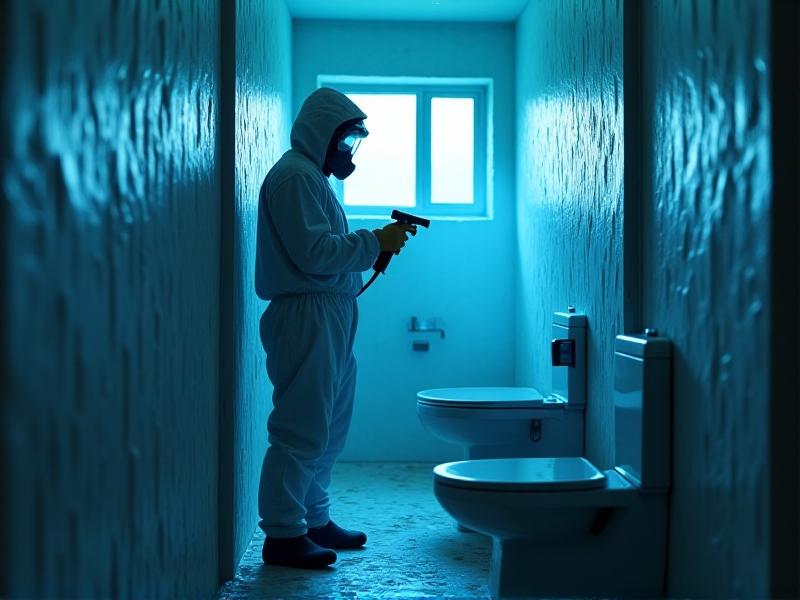
Preventing Recurrence: Building a Mold-Resistant Environment
Long-term mold prevention hinges on moisture control. Dehumidifiers maintain indoor humidity below 60%, while smart sensors alert homeowners to spikes. Architectural design plays a role: sloping gutters, vapor barriers, and moisture-resistant building materials like cement board or closed-cell spray foam reduce risk. Regular HVAC maintenance, including duct cleaning and filter replacement, minimizes spore circulation. Even daily habits matter—drying shower walls or ventilating kitchens disrupts the dampness mold craves.
Case Study: Transforming a Mold-Plagued Home
A 1920s bungalow with chronic allergies among occupants underwent mold mapping. Thermal imaging revealed water intrusion near the foundation, and air tests detected elevated Aspergillus levels. Remediation included encapsulating the crawl space, replacing compromised subflooring, and installing an ERV (energy recovery ventilator) for balanced humidity. Post-intervention, air quality tests showed a 90% reduction in spore counts, resolving health symptoms and preserving the historic structure’s integrity.
Empowering Homeowners Through Knowledge and Technology
Mold mapping isn’t just a service—it’s a mindset. By embracing technology and proactive maintenance, individuals gain control over their environments. From infrared scanners to humidity-monitoring apps, accessible tools demystify mold management. Education on early warning signs, like musty odors or condensation, enables timely intervention. Ultimately, combining vigilance with science fosters spaces where health and comfort coexist, free from the shadow of hidden spores.
